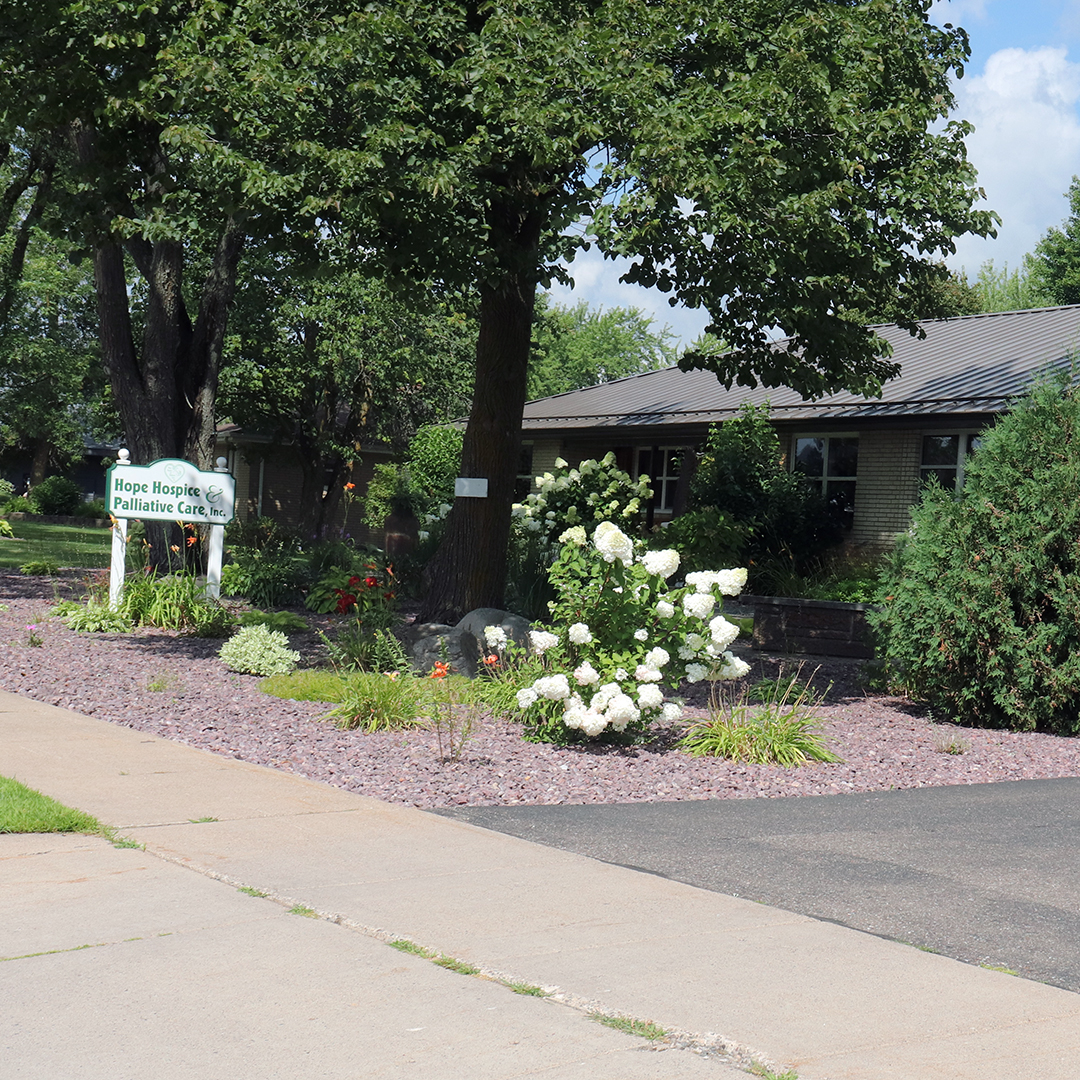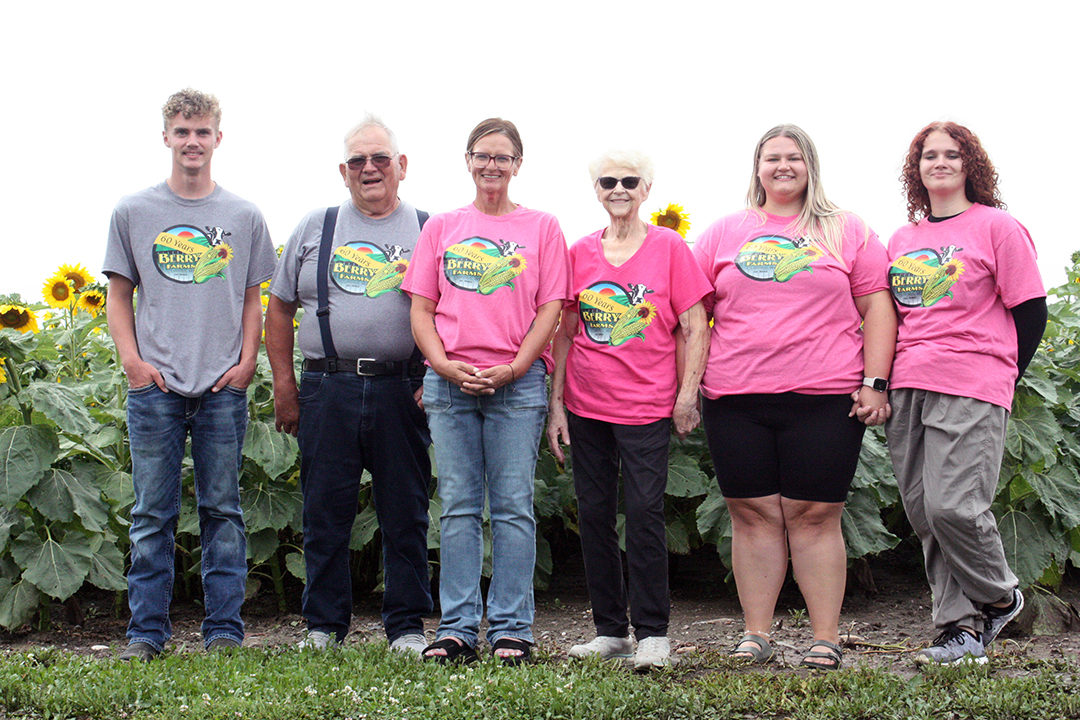Managing your prevent plant acres


My humble reader, Wisconsin was the 8th highest reported state for prevent plant acres this year with over 209,215 acres (North Dakota was the highest with 858,033 acres). This is a large amount of farm fields, but it doesn’t compare to the ‘Great Soak’ of 2019, where 592,808 acres were placed into prevent plant. To fulfill insurance commitments, those acres taken for prevent plant had to be planted with a cover crop. Cover crops provide major benefits, but some applications can bring situations that, if not addressed, can be problematic. Especially on farms not used to using cover crop systems.
The cover crops have been busy sequestering all the leftover fertility, even potentially mining additional nutrients from the soil. With the soil having surface protection from residue and subsurface with diverse root systems (of fibrous, tuber, and deep running roots), these cover cropped prevent plant fields are getting ready for a massive nutrient build up, as they are terminated (by tillage, herbicide, or winterkill) and the plant tissues beings to decay. However, not all species release nutrients at the same rate/time and, depending on the carbon content of the plants, the residue breakdown can either cause nitrogen tie-up (immobilization: not accessible to the plant yet) or timely nitrogen discharge (mineralization: ready for the plant).
Under the soil there are microbes (mostly bacteria, some fungi) getting ready, and some are already working, at eating up the residue/decaying matter left from the cover crops. Their ‘diet’ has to be balanced, between carbon and nitrogen. When they have too much of one, they eat up more of the other. Nitrogen is a big driver for microbes in breaking down residue, especially when they have a lot to process, or if the residue is high in carbon. This all refers back to the Carbon to Nitrogen Ration (C:N), where it gauges on how fast or slow plant material will take to break down. If plant material is high in carbon, the microbes will seek out more nitrogen to help them continue to eat up the residue. This is where that “tie-up” of nitrogen happens. The nitrogen isn’t necessarily disappearing, but it is being used by the microbes to breakdown the high carbon residue, and it will take longer for the nitrogen and other nutrients from the microbes and residue to be available for the main crop. If residue is low in carbon, then it’s easy for the microbes to chew it up, and don’t need any to find extra nitrogen to balance their diet. And the nutrients that were in the cover crop residue are going to be more readily available for the crop.
To make it simple; anything rated 20:1 (C:N) or higher will take longer to break down, immobilizing nitrogen. Less than 20:1 C:N will break down faster, releasing more nitrogen. Brasscias (radish, turnips, kale, rapeseed) and clovers will have a lower C:N ration, ranging 9:1 to 15:1 C:N. That is why in the spring you hardly see anything for residue or plant material by spring planting; it’s carbon content is so low it gets processed that fast and the nutrients released just as fast; sometimes within 15 days. A brassica heavy mix can yield 4-5 dry matter ton/a, but have a 12:1 C:N ratio and be completely processed by the end of May. Small grains like oats, winter wheat, winter rye, and millet will have a much higher C:N ratio, especially the bigger it grows. 1,000-2,000 lbs/ac biomass of winter rye will take up about +25-45 lbs/a N, but it takes a lot of energy to break it down, and will tie-up about -3040 lbs/a of N. The residue will take close to about 40-60 days to fully release its nutrients, but that is later in the season, and not when the corn needs it the most; at planting.
Take a walk through your prevent plant/ cover crop acres; if you see a lot of residue (80% or higher) that had a lot of grass or small grains, chances are you will need to upfront extra nitrogen at planting for corn. If you had a mix of brassicas and clovers, and see less and less residue, you likely have more readily available nutrients, ready and waiting. If you want more clarity, there are tools you can use to assess what your cover crops have the potential of providing. The Biomass Test from Ag-Source has you sample a 2x2 foot area of plant/residue and analyzes it for wet tons, dry matter tons, nutrient availability, and C:N ratio. This will give you an idea how much residue is left to be processed, what kind of rate it can be processed at, and what kind of potential nutrients will be released. You could consider a soil nitrate test sampled before planting, to see what levels of nitrogen you have going into planting season.
THE SOIL
SOUNDOFF
BY
MATT OEHMICHEN AGRONOMIST



